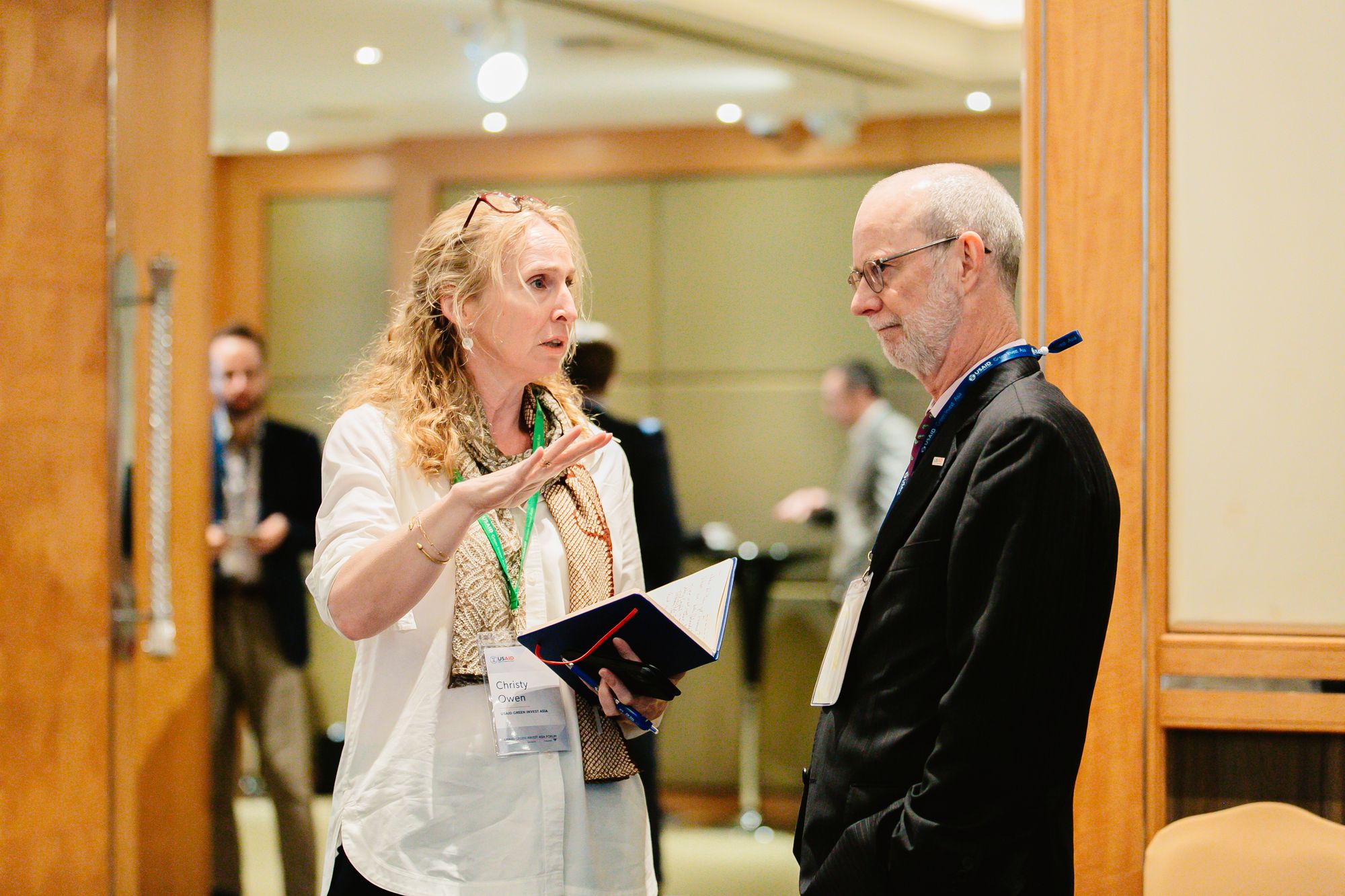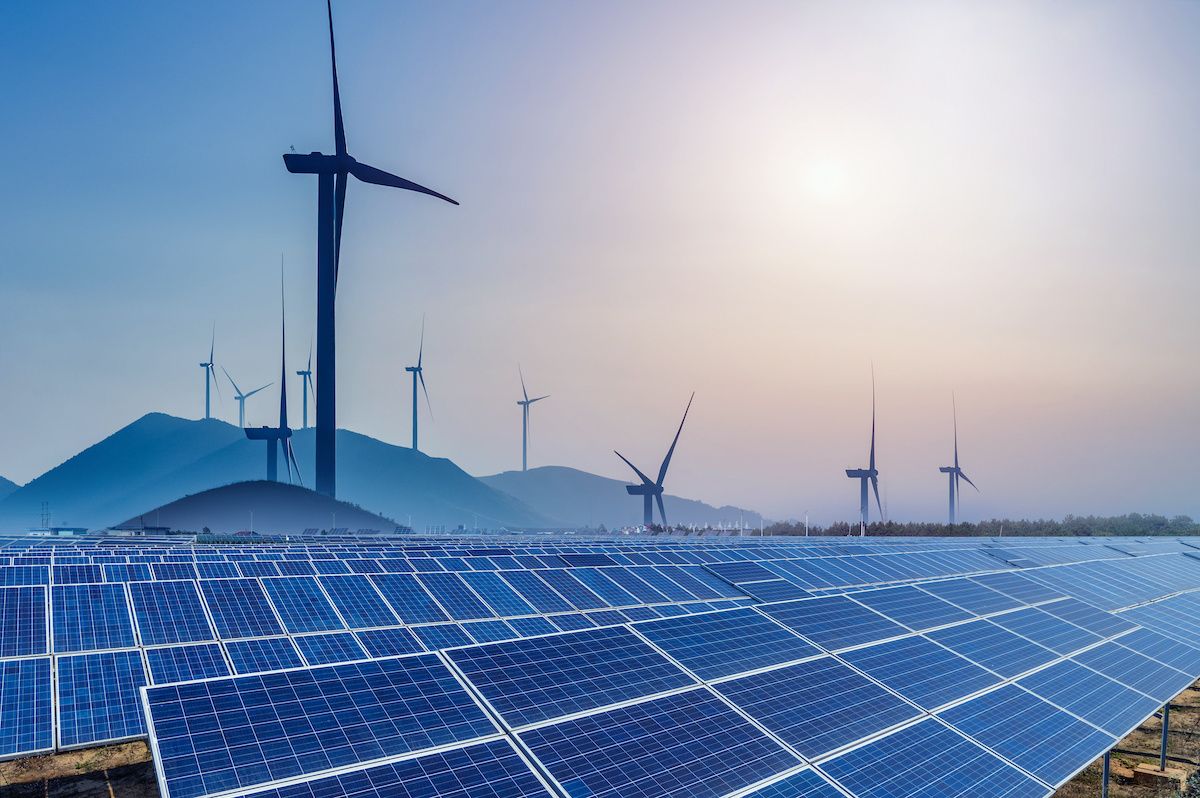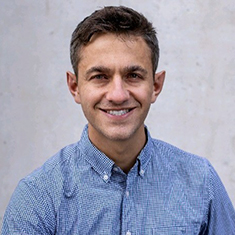
Donald Lunan, DAI’s new Global Director for Climate, has worked at DAI since 2005. As head of the Climate and Environment team in the United Kingdom, he worked with governments, the private sector, and civil society to address climate and natural resource challenges. More recently, he led the Delivery Team for the U.K. Business Unit, overseeing the implementation of projects across clients and technical areas, including in economic growth, education, governance, and resilience. We spoke to Donald about DAI’s new Climate business unit.
DAI has been working on climate change issues for many years—why launch a distinct business unit focused on climate?
“All our work at DAI, from our founding in 1970 to the present, has been focused on building more resilient communities and economic systems, and developing sustainable responses to environmental, social, governance, and economic challenges. In climate, this work has included a whole range of issues—developing national climate policies, broadening access to renewable energy by strengthening standards and supply chains, supporting the design of sovereign green bonds, working with partners on access to climate finance, promoting the uptake of climate-smart agriculture, innovating climate insurance models and climate information and early warning systems.
“As an increasingly diverse company serving clients all over the world—from the British, American, and European governments to multilaterals, corporates, and philanthropies—we have invested heavily in learning from the best of what we’re doing in one part of the enterprise and applying it to maximum effect for other clients.
“Given the urgency of the moment, it’s now time to apply that synthesising capability in the field of climate—to join the dots and strengthen the links between different parts of the business, capture knowledge and share expertise, and facilitate innovation and fresh approaches with our partners and counterparts. That is the role of this new unit. Climate challenges cannot be addressed through ‘business as usual’ or through a single technical lens. They are multi-faceted and need to be approached holistically.”
What are some of the greatest challenges when it comes to climate?
“Biodiversity loss is a huge concern. The COVID-19 crisis has underscored the ways in which our lives and livelihoods are intertwined with nature, as the U.K. Treasury’s recent Dasgupta report on the economics of biodiversity made so strikingly clear. Distressingly, even as COVID-19 has ravaged the world, we have seen increases in deforestation, continued loss of natural habitats, and further contraction of wild spaces. Such damage is, of course, intrinsically linked to the climate emergency.
“When it comes to solutions, we are seeing increased commitments to finance climate action, from both the public and private spheres, but the funding gap remains massive. We need stronger mechanisms to ensure that finance reaches the most vulnerable and is used to bolster not just economic resilience, but more resilient governance systems at local and sub-national levels. Accelerating the clean energy transition; facilitating the adoption of green energy solutions by companies, governments, and households; and ensuring that this investment goes hand in hand with the creation of good jobs will require thoughtfully orchestrated policies, technical assistance, and incentives for the financial institutions involved.
“We also need to take advantage of the opportunity the COVID-19 slowdown has presented us to pause and reflect on the fact that that there are different ways to operate and ensure that we do not immediately fall back into the old ways. Business as usual got us where we are today—we need business unusual to get us out of the fix.”
What are the biggest opportunities in 2021?
“The coming year is a momentous one for climate action, highlighted by the COP26 in Glasgow, Scotland, this November. Excitingly, much of the momentum has been generated by youth and civil society movements, and we are seeing a shift among governments and the private sector toward meaningful and measurable targets. The change in language and approach from a number of high-profile leaders in the biggest economies and largest generators of greenhouse gases—in Europe, the United States, and Asia—is clear.
“And we are sitting on the cusp of a technological revolution, with renewable energy and low-carbon transport, construction, and manufacturing options all providing openings to further innovation. Financial markets are responding to the emerging risks and opportunities. And digital acceleration promises a world of difference in terms of more efficient, less carbon-intensive ways of working.”
What would a successful year look like?
“Much hinges on COP26 and clearly this forum will dominate the discourse over the coming months. We need to see ambition raised ahead of Glasgow, with governments clarifying their plans to reduce emissions in line with the Paris agreement. I hope President Biden will set the tone for all countries at the Earth Summit later this month. So, clear statements of intent to achieve the target of keeping the rise in global temperatures below 2 degrees Celsius as the minimum. A bold date for the end of coal power would also be significant.
“The private sector also needs to push ahead with its own ambitions. I would like to see further commitments to Net Zero, particularly in sectors such as energy, transport, agriculture, and construction. These commitments should be matched with obligations to research and development into new low-carbon technologies—we need to reduce emissions before we consider offsets. Private companies should view climate change as a huge opportunity, and their investment should reflect this understanding.
“Lastly, finance. In Glasgow, we must see concrete action on the current funding gap. The commitments made at Copenhagen in 2009 have never been achieved, which is unacceptable. I’d like to see an emphasis on mechanisms that ensure the flow of capital to the most vulnerable, and further innovations in financial markets. Green and climate bonds are particularly promising. The Task Force on Climate-related Financial Disclosure (TCFD) and other voluntary environmental, social, and governance mechanisms are leading to important shifts in how funds are managed; more disclosure, along with clearer accountability standards in financial markets, would be a further success.”





